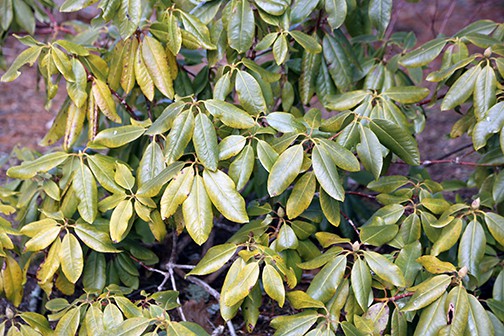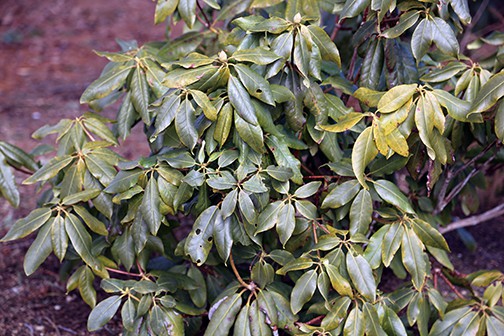It’s always possible to make plants grow identically: another popular misconception.
It’s common for callers to GardenLine to ask about a plant that’s not doing well in comparison to others. “I planted two of these and one is fine but the other looks sick,” they might say. Or “There are three and two are fine but the third one? It’s not doing well at all, and I have treated them all in the same way.”
When I start to suggest that something about where these plants are located might be more different than the caller thinks, the response is usually, “But they’re only six feet apart!” As if the growing conditions in both spots must be identical if only a short distance separates them.
I explain that even plants of the same genus and species can have slightly different genetics. This, after all, is where some new varieties come from. A gardener notices that one plant grows shorter, wider, taller or tighter than all the others and presto: a new plant might be introduced.
Leaving possible genetic differences aside, however, my goal is to get people to look a bit more closely at the plants in question. Sure, they’re only a few feet apart, but are the conditions really identical? Have they watched from sunup to sundown to see if the same amount of light hits both plants? Does the ground pitch at the same angle or are both places uniformly flat?
And what about the conditions below ground? The soil in one area might be much more compact than the spot a few feet away. There might be a large rock, a layer of clay, or some rotting stumps under one of those plants. Perhaps something was routinely dumped in one spot in the past…used motor oil, paint thinner, or left over garden chemicals. Without x-ray glasses and time travel it’s impossible to know just what might be lurking in or under the soil.
Sometimes we never know why one plant thrives and another sulks, and frequently it might be a combination of factors. All life is an interconnected web that is usually much more complicated than we think. Still, with an open mind, open eyes and patience, we might come close to an answer…it just might not be what we’re looking for.
When someone asks why one plant does well and others do not, they are usually asking how to make the recalcitrant ones do better…and they’re hoping for a quick and easy solution. Sometimes they get that, sometimes not. But they’re usually presented with an opportunity to think more deeply, and then they’ll be the one that grows.

Consider this. Three Rhododendrons, planted about seven feet apart. This one always gets to be a sick yellow in the winter.

They are all the same variety, planted the same way and watered/fertilized in the same fashion. The second plant is greener, but has some yellow branches.

But by taking the long view, and watching these plants over time we can see that they aren’t in the same conditions at all. The plant on the far left is in full sun most of the day. The second plant is partly shaded by the white pine, and the third plant on the right is protected from the winter sun all day. In addition, the one on the left is on a slope while the plant on the right isn’t. So the yellow plant not only is dried out by the sun but the soil is most likely drier from the combination of the sun hitting the ground and the hill that sheds rainfall.


